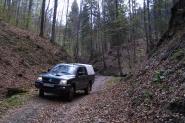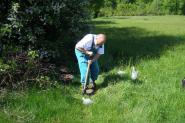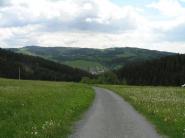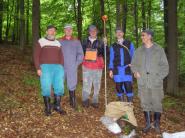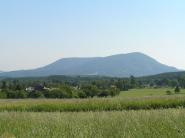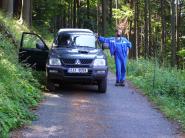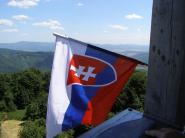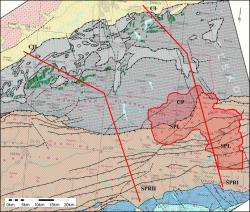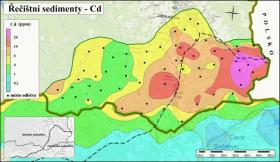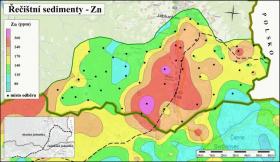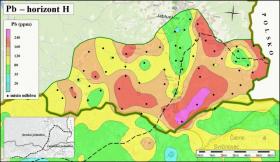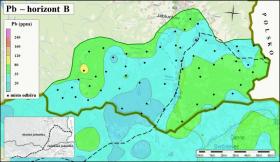Co-operation between Czech and Slovak Republic in the area of environmental geology
Project „Environmental research and characteristics of environmental loads within Outer Flysh Belt of Western Carpathians: area Jablunkov furrow (Czech Republic) – Kysucké Beskydy (Slovak Republic)“ have been implemented in co-operation with State Geological Institute of Dionyz Stur, Bratislava. Project was sponsored by Ministries of Environment of both countries and executed in years 2007 – 2010. The main goals of project were as follows:
- To specify intensity and extend of mercury and selected pollutants anomalies and to determine their possible source
- To define possible ways of elements transport and transfer from anomalous zones into the individual components of environment and to assess possible impact to the ecosystems and human health
On the basis of statistical evaluation of sample analyses and geophysical measurements following results have been achieved:
Stream sediments
Based on results group of elements of very probably anthropogenic origin have been defined. It concerns mainly Cd, Hg, Pb, Zn a Cu, Sb a Sn, partly also As, Mn, Co and Ni. Anomalies are situated mostly in the Czech territory and only in some cases overlap Slovak territory. Geomorphological barrier, following European water divide Danube – Odra rivers plays very important role there.
Soils
Surface huminous horizons are mostly enriched in a big number of elements as Pb, Cd, Hg, Sb, Cu, Zn, Bi, Se, S, Ag, W, Mo, having source in industrial emissions, whereas element abundance and association (Ni, Co, Cr, V, La, Au, Th, Sc, Mg, A) in lower soil horizon suggest their geogene origin.
In total ten stretches polluted in different degree have been identified, showing anomalous contents of number of elements mostly accompanied by higher values of magnetic susceptibility.
Water samples
No anomalous element concentrations exceeding pollution standards have been found. However permanent monitoring is recommended.
γ-spectrometry
Measured out values of K, eTh a eU correspond to common values characteristic for flysh units. Surface activity of 137Cs radionuclide found in area represents relic after Tchernobyl disaster. Highest values were found in forested areas, however these values are not high enough to be dangerous for human health.
Plants
What concerns samples of plants collected from meadows and pasturelands no high values exceeding pollution standards have been found. Special case represent mushrooms, well known as „ metal collectors“. Mainly anomalous contents of Pb a Cd, Cu, Zn and Hg have been identified enhanced by activity of toxic radionuclide 137Cs. Considering this fact excess consummation of mushrooms should be avoided by people.
Conclusion
Although environmental risk is not critical within the area under study it is not possible to consider it as negligible. Among the most dangerous elements we can mention Cd and Pb and when supported by further elements it can become real risk.





